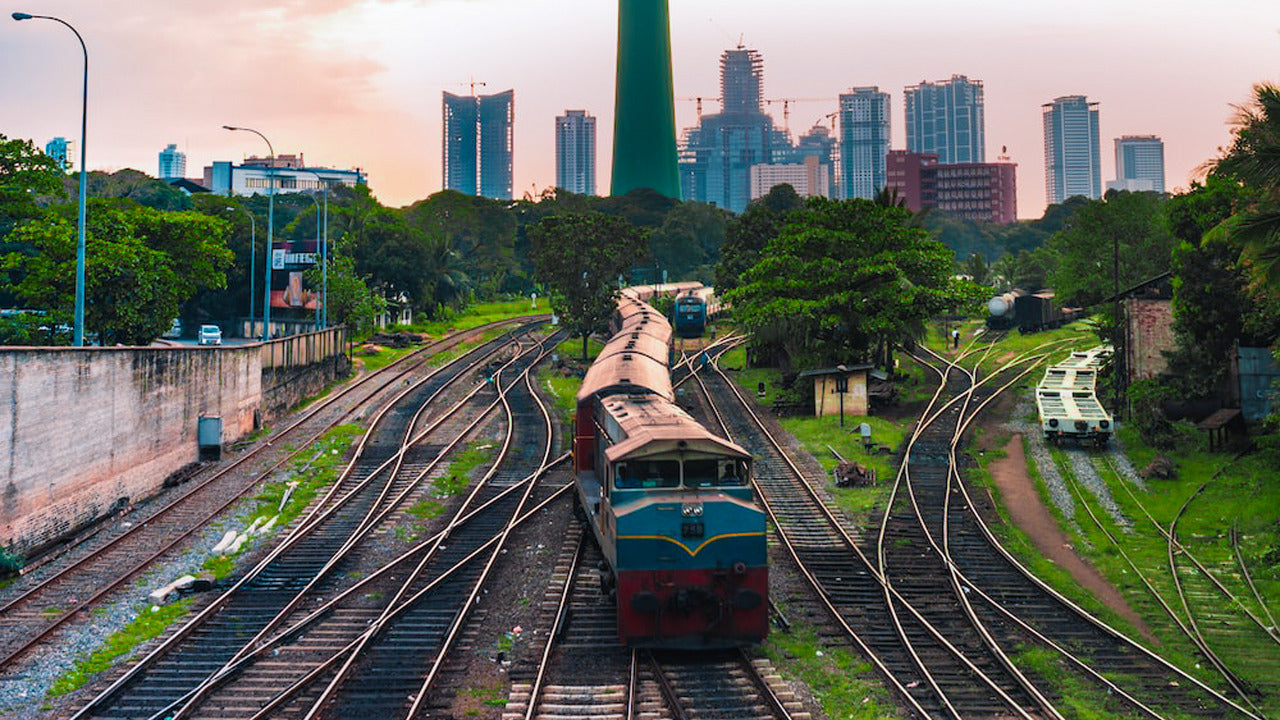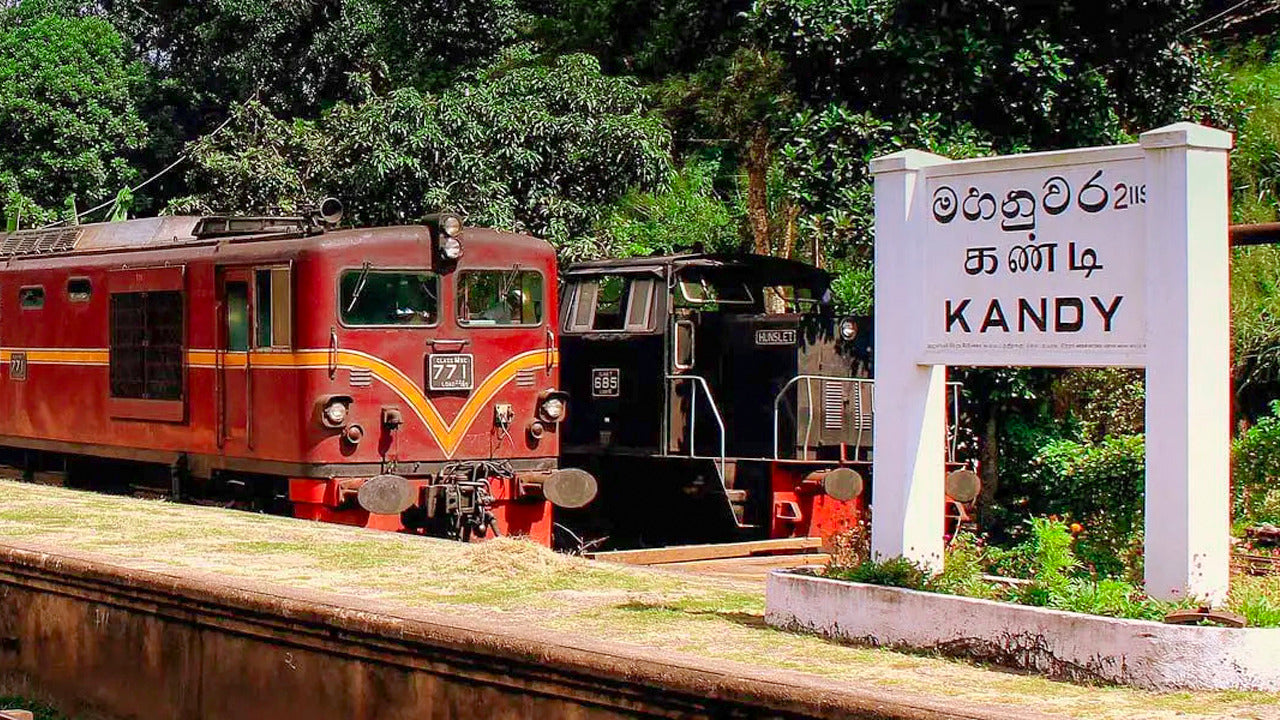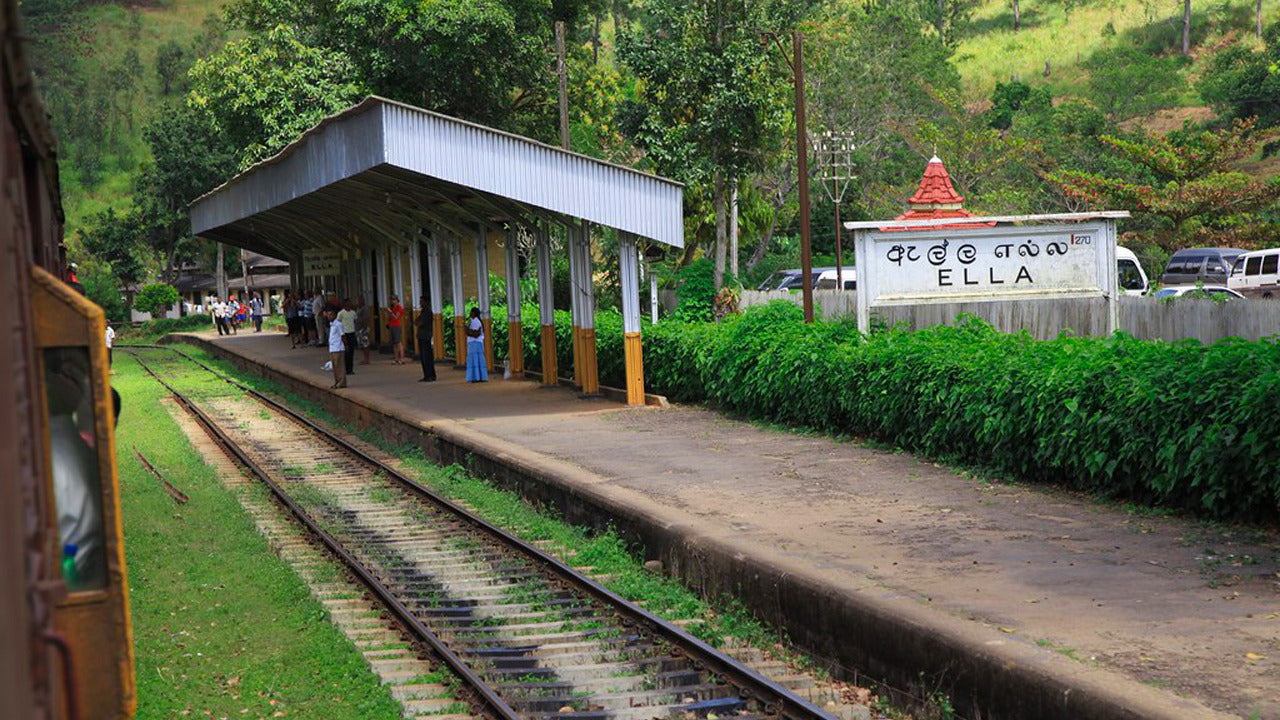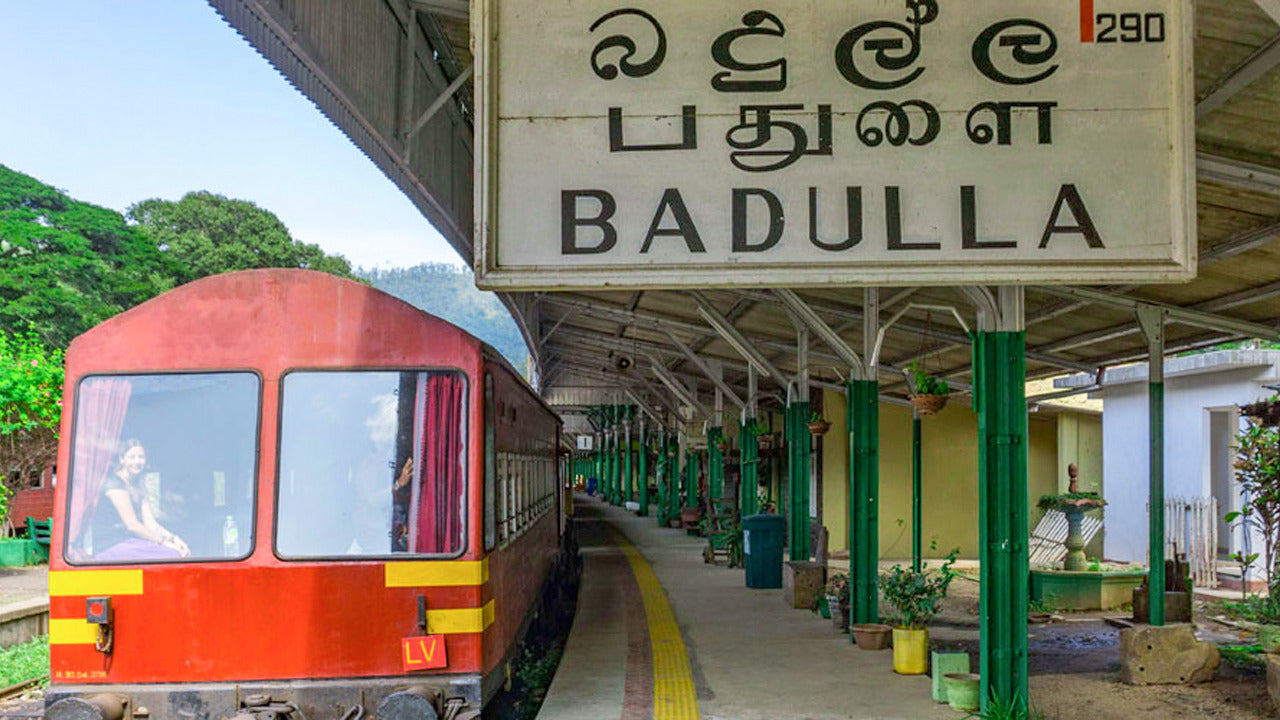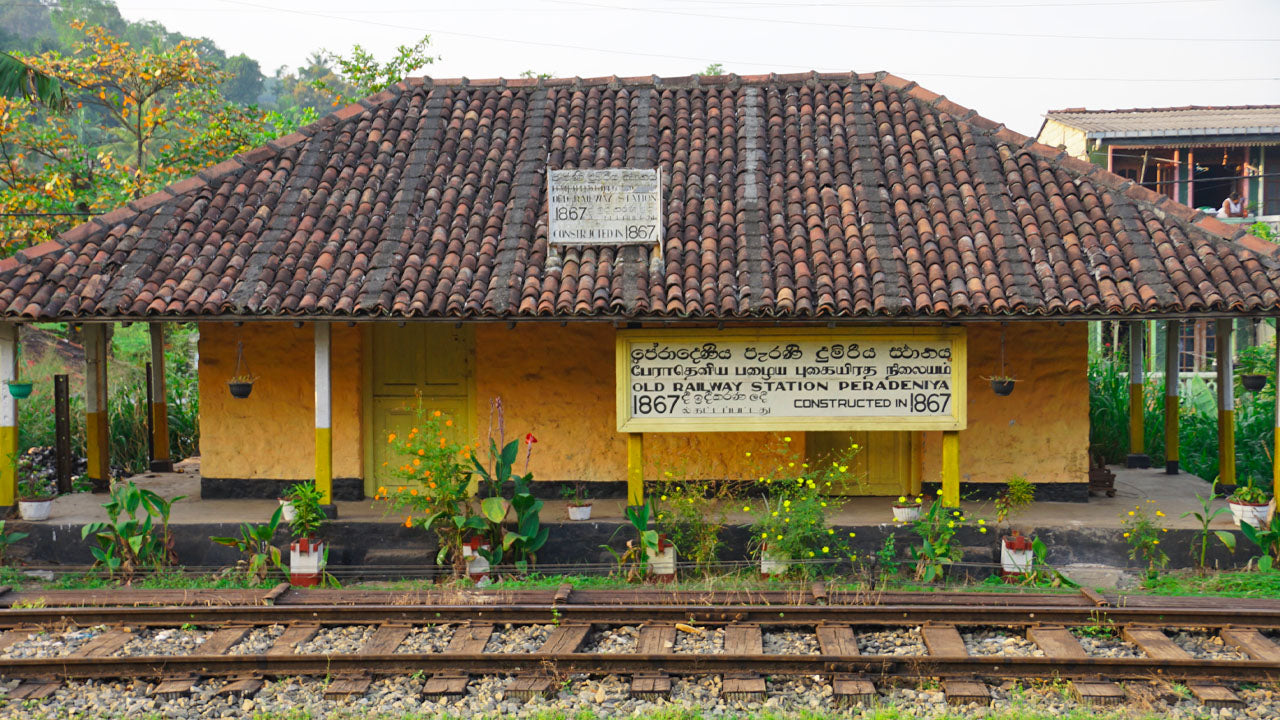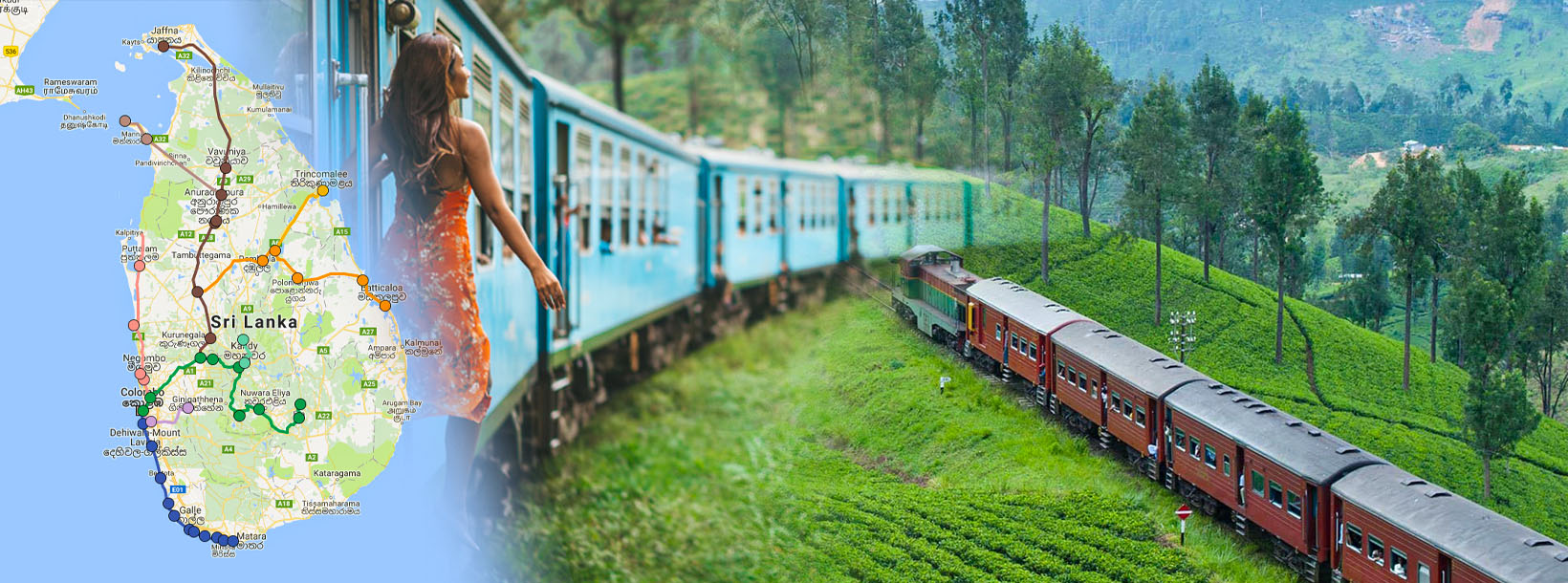
기차역
스리랑카의 기차역은 식민지 시대의 매력과 현대적인 기능성이 완벽하게 조화를 이루며, 여행객들에게 울창한 풍경 속 그림 같은 여정을 선사합니다. 다양한 목적지를 효율적으로 연결하는 이 기차역들은 문화적 경이로움으로 향하는 관문 역할을 하며, 섬의 풍부한 역사와 자연의 아름다움을 탐험하는 방문객들을 맞이합니다.
Train Stations
History of the Sri Lanka railway: Sri Lanka Railways, or Ceylon Government Railway, was conceived in the 1850’s as an instrument to develop and unify the country. The 1st sod of the Sri Lanka Railways was cut by Sir Henry Ward, the Governor, in August in 1858. The Railway Network was introduced by the British in 1864 and 1st train ran on 27th December 1864, with the construction of the Main Line from Colombo to Ambepussa, 54 kilometers to the east. This line was officially opened for traffic on 2nd October 1865. The Railway extended and developed it’s network and in 1927, a total route length of 1530 km was in operation. The Main Line was extended in stages, with service to Kandy in 1867, to Nawalapitiya in 1874, to Nanu-Oya in 1885, to Bandarawela in 1894, and to Badulla in 1924. Other lines were completed in due course to link the other parts of the country, the Matale Line in 1880, the Coast Line in 1895, the Northern Line in 1905, the Mannar Line in 1914, the Kelani Valley Line in 1919, the Puttalam Line in 1926, and the Batticaloa and Trincomalee Lines in 1928.
The Railway was initially built to transport coffee and tea from the hill country to Colombo for export and was for many years, the main source of income. With population growth, however, passenger traffic increased and in the 1960’s overtook freight as the main source of business. The Railway is now primarily engaged in the transport of passengers, especially commuters to and from Colombo, offering a vital service and reducing road congestion.

